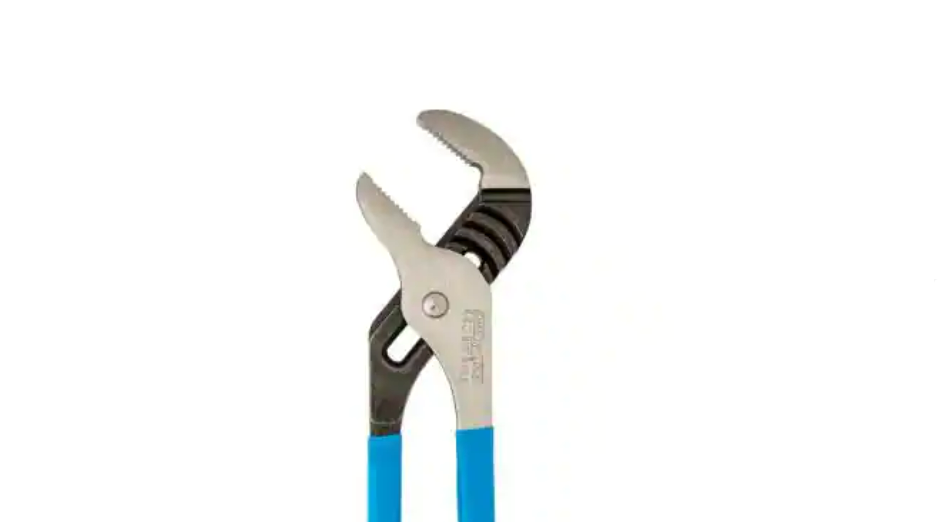channel lock pliers
pliers with channel locks
Pliers grab or cut by squeezing their jaws together.
Tongue-and-groove pliers hold and turn pipes, fittings, and fasteners with a wide jaw capacity range.
To trim wire, zip ties, screws, nails, and other materials, use diagonal-cutting pliers.
Precision-cutting pliers enable for fine control when working with electronics and other fine details.
Wire and other thin materials are pulled, twisted, bent, and looped with long-nose pliers.
The jaw range of slip-joint pliers can be extended by adjusting the pivot point.
Lineman’s pliers have wire-cutting side cutters and a wire-pulling and twisting gripping zone.
The jaws of locking pliers are fixed to grab, turn, and clamp.
Different types of pliers are included in the assorted sets.
Snap rings that fit into a bore or onto a shaft are installed and removed with retaining-ring pliers.
Specialty pliers are used for a variety of grasping and cutting operations.
What are some common fixes that necessitate the use of channel lock pliers?
Channel lock pliers are used for gripping and pinching things and are named after the American company that makes them, Channellock.
They’re built of tough materials like high-carbon steel, and their grasping jaws give them a firm grip on whatever they’re holding.
By sliding and locking the jaws of channel lock pliers, you may modify them to fit any size object.
Furthermore, channel lock pliers frequently incorporate an undercut groove and tongue to prevent slippage, as well as protecting grips for comfort.
To defend against electric current, some channel lock pliers include insulated handles.
Also Read Top 10 Benefits To Working Remotely
Channel lock pliers are a versatile tool to have around the house and in case of an emergency because they may be used as pliers, wrenches, or clamps.
They’re regularly used by firefighters and other emergency responders to force entrance into a building or vehicle.
Additionally, channel lock pliers can be used for a variety of domestic activities, including plumbing and electrical repairs, as well as mending outdoor furniture.
Because of the length of the channel lock pliers, you don’t have to expend as much energy when using them.
You may easily tighten wires, nuts, and cables.
Cutting wire or doing actions that cause vibration should not be done with channel lock pliers because the head will be damaged and the lock may accidently open.
Similarly, never use a hammer with channel lock pliers since the pliers may crack or break.
They also shouldn’t be used with a welding torch since the heat can act as a conductor, and the comfort grips don’t always protect against an electric current or excessive heat.


